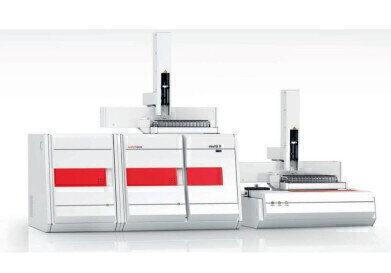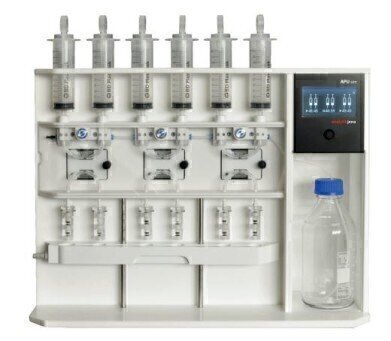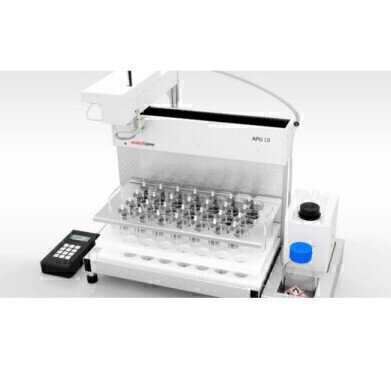Environmental Laboratory
New AOX legislation being introduced in Summer 2022!
Feb 08 2022
The UK’s environmental regulatory bodies are introducing a raft of new legislation that wastewater labs need to conform to within 2022. One of these is already commonly performed in Europe for measuring the quality of water: ISO 9562 - Determination of adsorbable organically bound halogens (AOX).
The AOX parameter covers a large group of substances from simple volatile substances such as trichloromethane (chloroform) through to more complex organic molecules such as dioxins and furans. Most AOX compounds are chlorine-containing molecules, but bromo- and iodo-AOXs do also occur. Most persistent organic pollutants (POPs) compounds, e.g., polychlorinated biphenyls (PCBs), DDT, and dioxins, are halogenated compounds.
These AOX compounds pose a potential concern because they strongly resist breaking down in the environment and some molecules are toxic at high concentrations. They may also pose a threat to aquatic organisms living in estuaries because they can bio-accumulate in the food chain. Hence, AOX measurement is an important parameter in effluent quality monitoring from landfill leachates or the waste industry.
How does AOX analysis work?
The halogen-containing compounds are adsorbed onto the surface of charcoal in either a dissolved or suspended form. The charcoal is washed with a nitrate washing solution to remove any inorganic halides and is then combusted in pure oxygen at high temperatures and hydrogen halides are formed. After absorption of the halides the final detection takes place inside a coulometric cell by means of argentometric titration. This is known as the Column method.
Samples which contain high levels of inorganic chlorine need this chlorine to be removed prior the column method analysis using solid phase extraction (SPE).
(Solid samples like sludge or sediments can also contain AOX and can also be measured using the Batch method).
Sample preparation and analysis are of equal importance for success and SciMed is able to offer solutions for both.
Sample Preparation
- The APU S series of autosamplers are for labs looking for high-throughput and fully automated sample handling of up to 28 samples, including SPE.
- The APU SIM is for smaller workloads, but can still perform simultaneous sample preparation, SPE for removal of inorganic chlorine and utilise triplex-columns for samples with high levels of particles.
- The AFU 3 is for semi-automated sample preparation of up to three samples according to the Batch method.
Sample Analysis
- We offer the EA Multi X 2500, manufactured by Analytik Jena; this is a multi-parameter analyser for AOX, EOX, TOX, POX and TX
- Patented technologies such as the double furnace and flame sensor ensure repeatable and accurate results. Every time.
- Self-check and Auto-protection systems guarantee maximum operational safety all the time.
- The innovative 3-in-1 wide-range coulometric detector is light protected with self-cleaning functionality
SciMed is offering a demonstration in our lab facility in Stockport and will be running AOX-specific training courses over the next few months.
Please contact us and let us help you make sure your lab can conform to the new norms.
Digital Edition
IET 34.2 March 2024
April 2024
Gas Detection - Biogas batch fermentation system for laboratory use with automatic gas analysis in real time Water/Wastewater - Upcycling sensors for sustainable nature management - Prist...
View all digital editions
Events
Apr 22 2024 Hannover, Germany
Apr 22 2024 Marrakech, Morroco
Apr 23 2024 Kuala Lumpur, Malaysia
Apr 23 2024 Kintex, South Korea
Apr 23 2024 Edmonton, AB, Canada




















